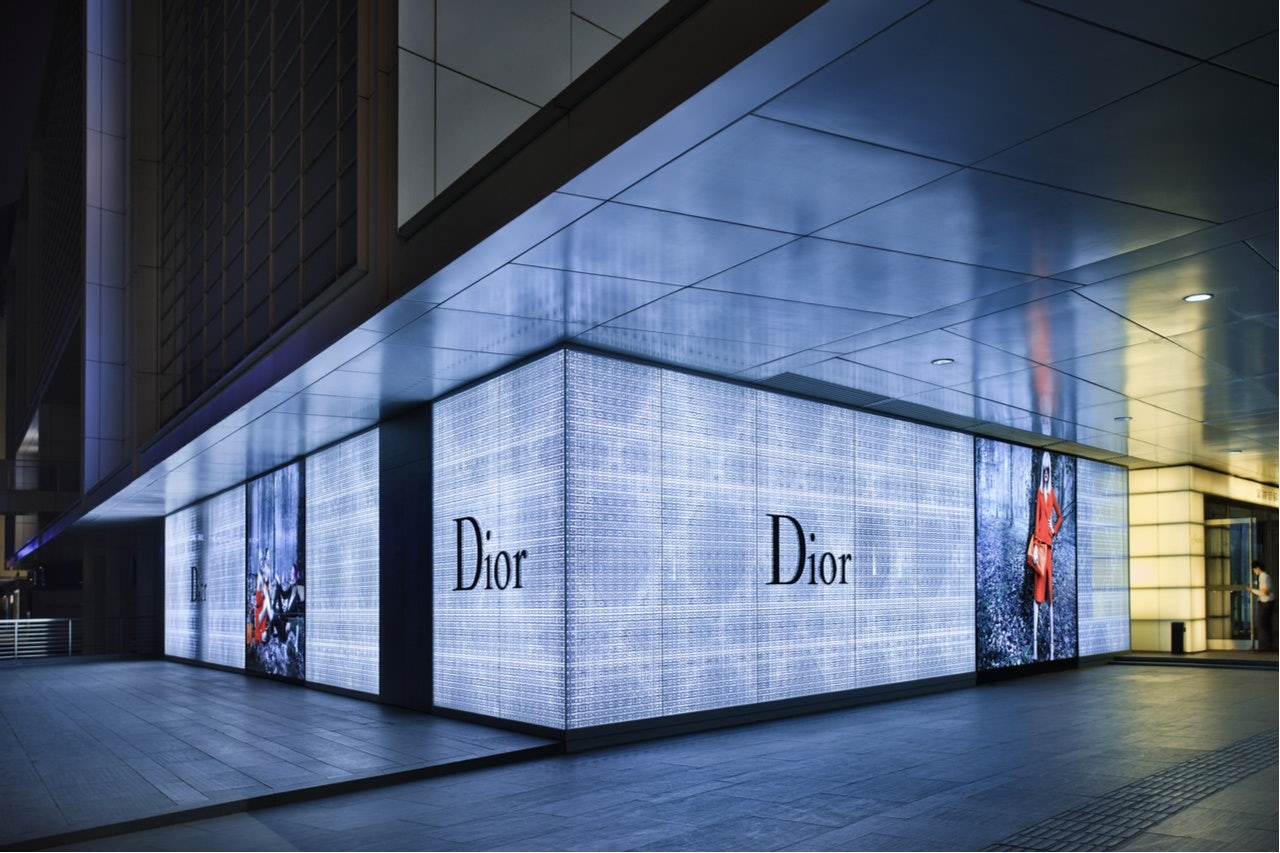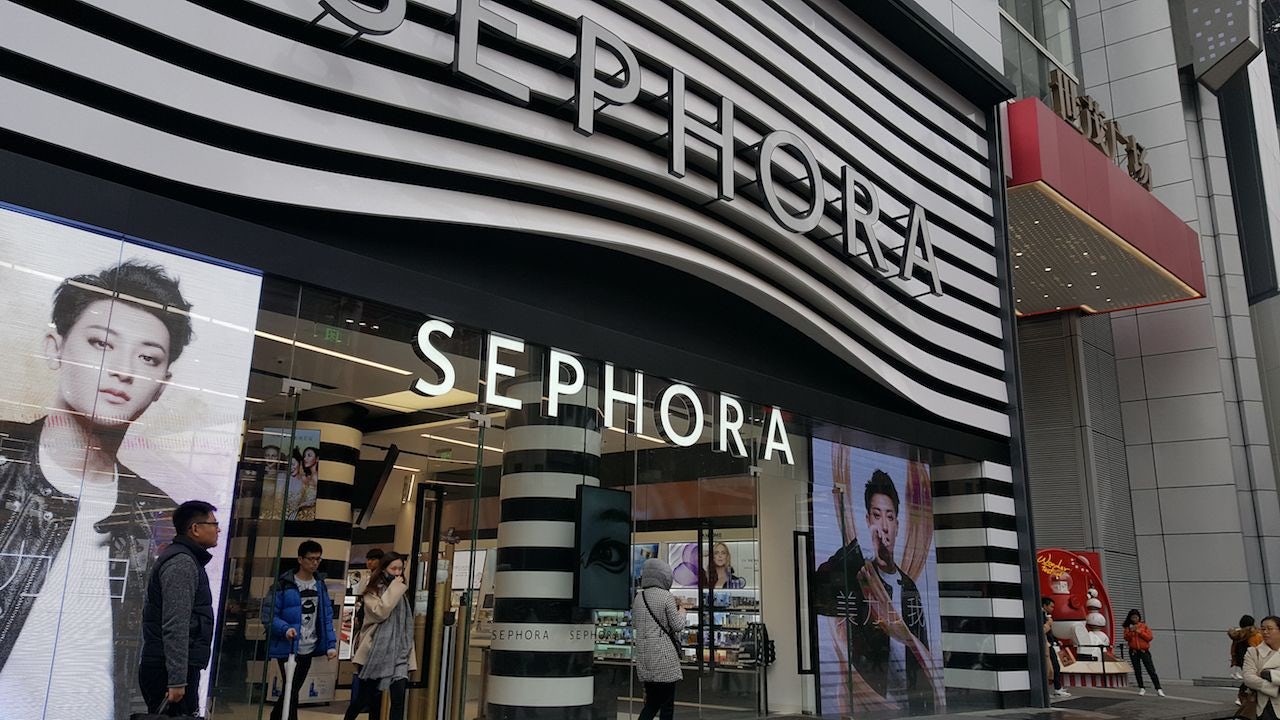These days, retail growth in China is occurring online and on mobile. Driven by the country’s e-commerce leaders, such as Alibaba and JD.com, and social commerce platforms like Little Red Book, WeChat, and Pinduoduo, consumers are used to purchasing goods online, even some big-ticket luxury products.
The latest study by the market research firm eMarketer uncovers that despite China’s overall retail growth is set to slow down in 2019 amid geopolitical and economic uncertainties, the expansion will continue to be extremely strong online. By sourcing data from a wide range of institutions, including third-party research agencies, retailers, government, and Chinese e-commerce players, eMarketer forecast China’s retail e-commerce sales is set to grow by roughly 27 percent to reach 1.94 trillion in 2019, accounting for around 37 percent of total retail sales. And nearly 80 percent will happen on mobile. The company projected that retail m-commerce sales will increase 30 percent to 1.56 trillion.
The report also highlights two important retail trends in China that could bring disruptive transformation to the luxury fashion industry. One is the “New Retail” movement — spearheaded by tech titans Alibaba and JD.com. With the newest technologies like augmented reality and virtual reality and data analytics tools in place, these e-commerce companies claim to provide advanced retail solutions to completely alter the way that luxury, fashion, and beauty retailers serve customers. There are many A-list luxury brands embracing the trend lately. For instance, the Prada Group formed partnership with JD.com and Secoo, a specialty luxury e-tailer. Burberry has been operating on Alibaba’s Tmall marketplace for over five years now. A handful of high-end beauty brands from Estee Lauder, Lancôme, La Mer to Givenchy Beauty are benefiting from Alibaba’s retail solutions to spur sales in China, while Chanel Beauty just announced last week that it would launch an official flagship store with Tmall.
However, there are still many concerns for luxury brands, in general, to work with China’s e-commerce players. “When it comes to luxury goods e-commerce, while the traffic that major e-commerce platforms are able to generate is nice, some brands struggle with visibility and being able to create an exclusive experience for customers. More and more so, they also want to maintain their autonomy and be in control of the way they tell their brand story and craft interactions with shoppers in a way that’s unique, personal and authentic,” said Man-Chung Cheung, research analyst at eMarketer and the report's author.
Another significant retail trend booming in China is the convergence of e-commerce and social media. For the luxury and fashion industries that traditionally places an emphasis on content marketing, it's good news. China’s “Instagram,” Little Red Book, aka xiaohongshu, recently has attracted Louis Vuitton, while Douyin, the hip short video site among the country’s Gen-Z generation, has seen the arrival of players like Christian Dior, Moncler, and Michael Kors.
Overall, despite the availability of more and more luxury goods, online shopping will only continue to grow, which speaks about the importance for luxury brands to create an effective digital retail and marketing strategy, but majority of the purchases will still be made in brick-and-mortar in the foreseeable future, according to eMarketer’s Cheung, “So an omnichannel strategy augmented by technology is essential, especially in China.”

